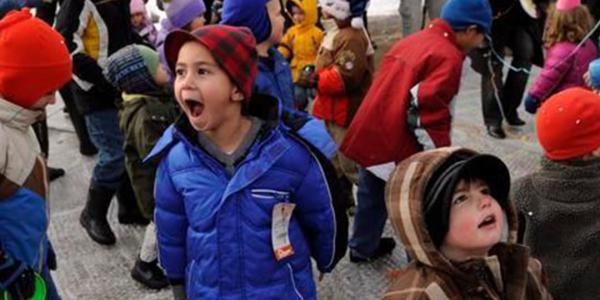
In Support of Child-Friendly Cities: Identifying and Applying Geospatial Technologies to Represent Children's Sense of Place
PETER ANTHAMATTEN, BRYAN WEE
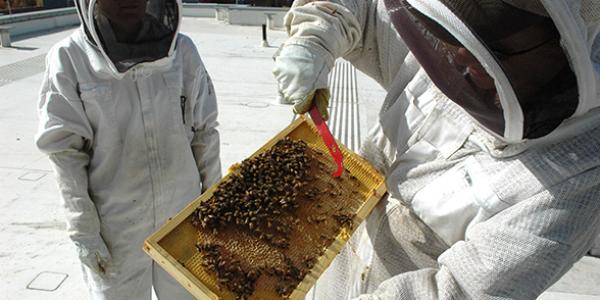
Researchers abuzz about bee health
CHRISTY BRILES
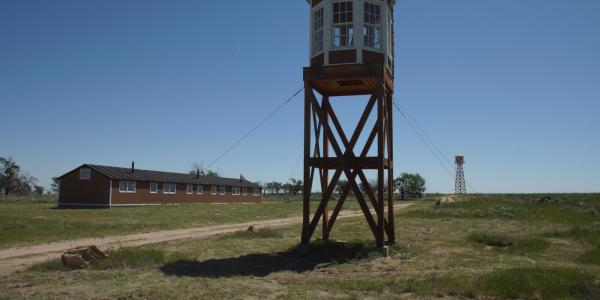
Tourism to Shadowed Pasts: Sand Creek, Ludlow, Camp Amache
RUDI HARTMANN
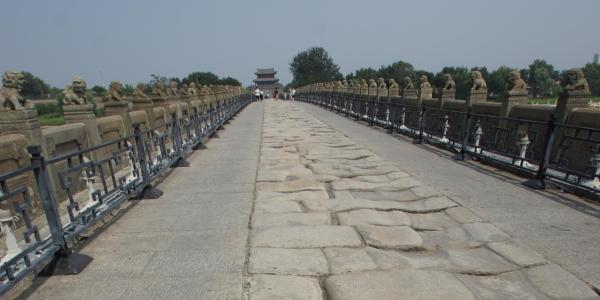
An Examination of Tourism to Lu Gou Qiao ('Marco Polo Bridge')
RUDI HARTMANN
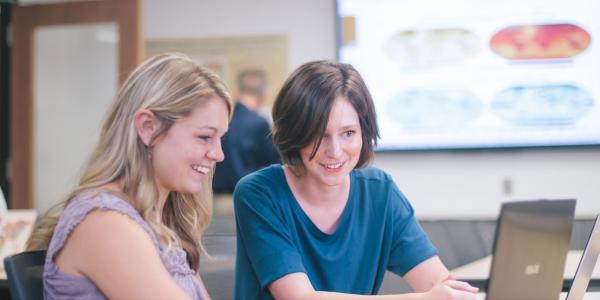
Building Web-Based Spatial Information Systems Around Open Specifications and Open Source Software
RAFAEL MORENO, GEOFF ANDERSON
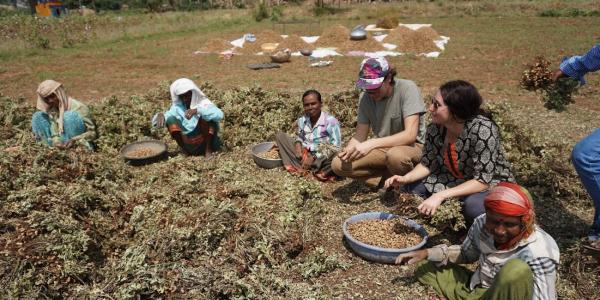
Mobilizing Cooking Technologies for Development: An Analysis of Climate Policy
GREGORY SIMON
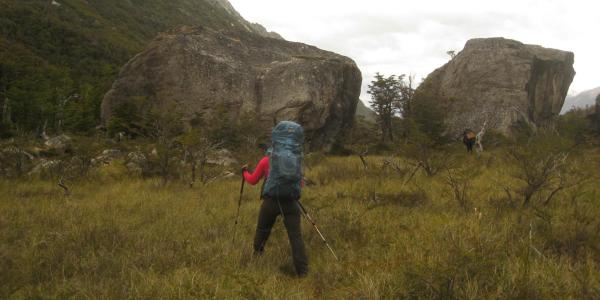
Health Effects of Living at Altitude
DEBORAH THOMAS, BENJAMIN HONIGMAN AND ROBERT ROACH

The Production of Urban Vulnerability: A Focus on Urban/Wildland Interface Wildfires
GREGORY SIMON
